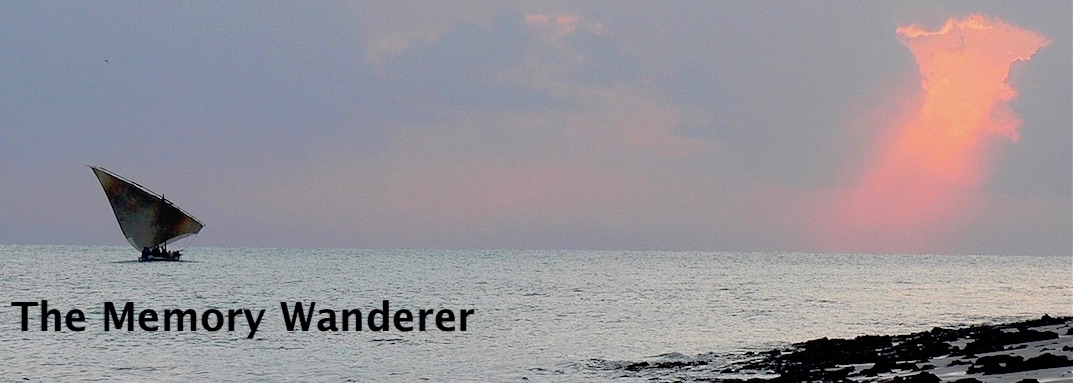
For many people at this time of year the highlight of a walk through the woods between Golspie village and Dunrobin Castle would be the bluebells but when we walked the woods this morning the weather - cold, grey and increasingly windy - hardly did their bold display of colour justice. However, wandering along the paths I was reminded of....
....the massive, elongate mounds that snake through this part of the woods. If the site weren't covered with trees they would, in my humble opinion, be immediately recognisable as the ancient walls of a fort. In their time they would have been twice as high, and complex - there's evidence in places for what might be defended gateways and parallel walls. If it's a fort, one would expect to find something about it on line but....
....I couldn't. The area is shown on this map, taken from the Highland Historic Environment website -
here - and shows only one registered site within Cnoc na Croiche, the rough area of the 'fort'. 'G' is the site of a gallows, described as "a stone socket in the depression in the summit of Gallows Hill". Sadly, the socket hasn't been seen since 1953 but, on the positive side, the mound is described as 'artificial'. I think it's the point where one of the walls meets the steep slope down to the open fields of the Dairy Park. The other nearby sites are "C&S', where cists and a symbol stone were found, and 'I', an iron works.
The name of the area doesn't help: it's derived from the Gaelic words croiche, a gallows and cnoc, a round hill or knoll. A gallows site like this is common near centres of power, such as Dunrobin: before the woodlands were planted the hillock would have been a prominent feature visible from the coast path.
I use Bing maps a fair bit, and I was using it to zoom in on the Cnoc na Croiche area on the OS map, to discover that, if one zooms in too far, this topological rendering of the area appears. It seems to show the 'fort' walls forming a rectangular structure between the edge of the ancient cliffs and the A9 - 'G' is the gallows site.
I suppose the next thing to do is to approach Dunrobin Castle and see whether they have anything in their archives.
This is the sort of thing that intrigues me, so I offer these thoughts with apologies to those who are reading it between yawns.




















































